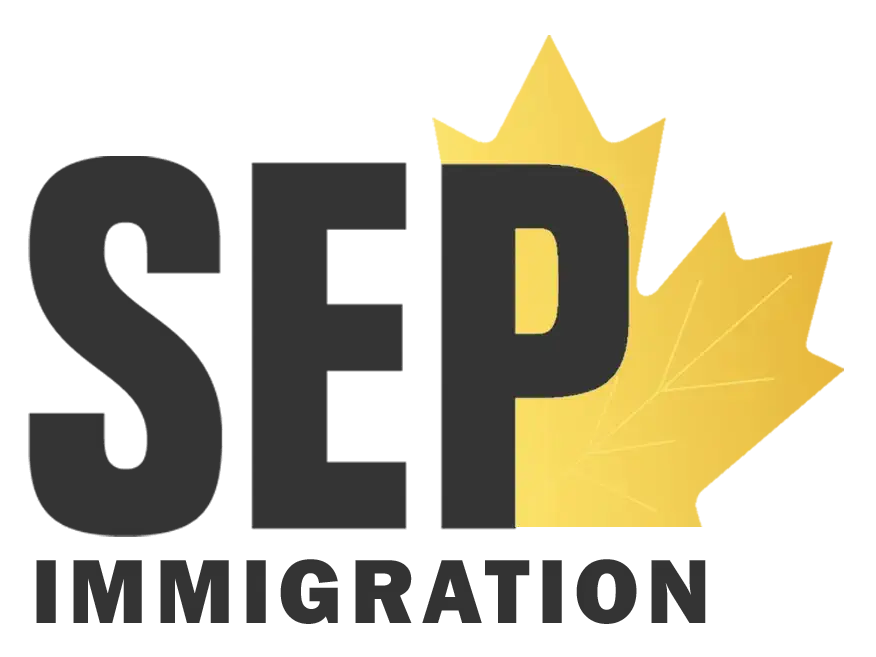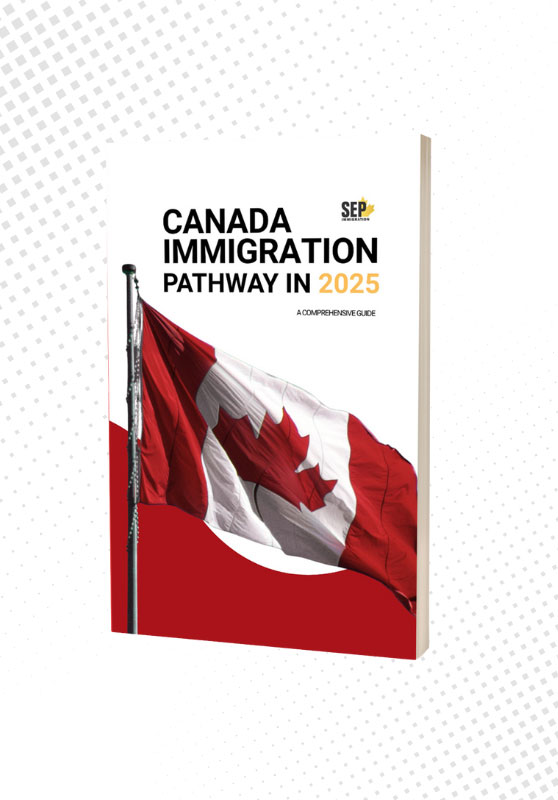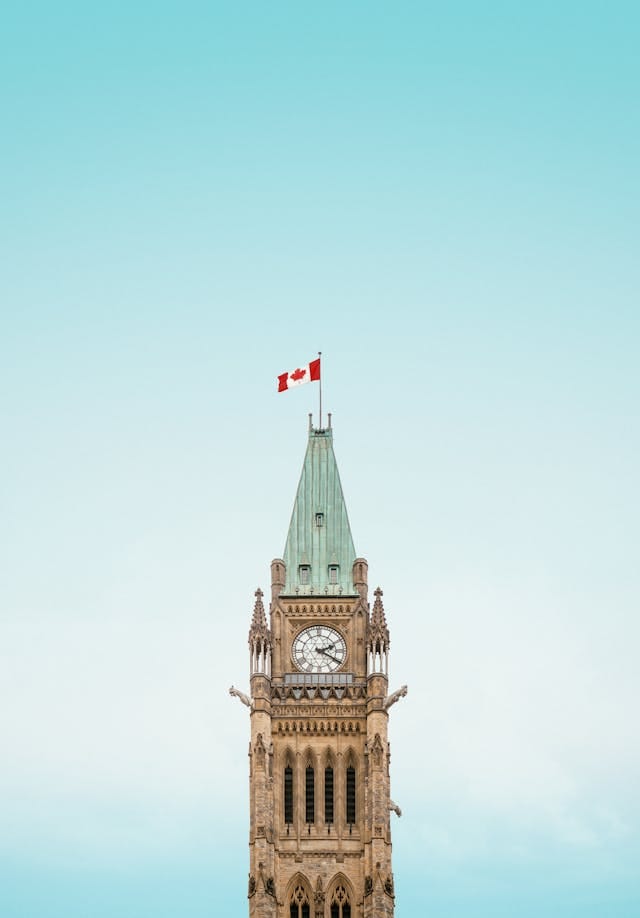Getting permanent residency in Canada isn’t the same experience across the board. Some provinces make it simpler than others, largely thanks to how they manage their immigration streams.
Smaller populations, employer-driven nominations, or specific economic needs can lower the threshold. Certain provincial programs can open a quicker path to staying in Canada permanently for those with the right background.
Table of Contents
ToggleWhich Province Gives PR More Easily in Canada?
Each province has its own process, but when comparing how accessible they are, a few stand out:
| Province | Key Pathway | Why It’s Considered Easier |
| PEI | Express Entry + Employer Support | Lower competition, smaller candidate pool |
| Alberta | Express Entry with NOI (no job offer) | Low score thresholds, flexible invitations |
| Ontario | Human Capital Priorities | Frequent draws, especially for tech and healthcare jobs |
| Nova Scotia | Labour Market Priorities | No local ties needed, clear job categories |
| Saskatchewan | SINP (Occupation-Based) | Steady draw schedule, transparent point system |
If your main goal is to secure permanent residency quickly, PEI and Alberta often present the least restrictive paths. Ontario may seem more competitive, but it casts a wide net and invites thousands every year. Nova Scotia and Saskatchewan are well-suited to those with work experience in specific fields.
Top Provinces for Easy Canadian PR
Prince Edward Island (PEI)
PEI may not be the first place most newcomers think of, but when it comes to getting nominated for permanent residency, it often works in people’s favour. The province runs an Express Entry stream that draws candidates with job offers from local employers. Requirements are fairly reasonable: nine months of full-time work in PEI and at least four months remaining on a valid work permit.
Once nominated, candidates get an extra 600 points added to their Express Entry profile. That score bump—on top of whatever you already have—usually means receiving an invitation to apply in the next federal draw. Competition here is lighter compared to Ontario or BC, which helps keep selection thresholds low.
Alberta
Alberta’s Express Entry stream stands out because it doesn’t always prioritize high scores. Candidates with a CRS (Comprehensive Ranking System) score as low as 300 have been invited in recent rounds. That’s unusually accessible, considering federal draws rarely dip that low.
There’s no need for a job offer to be considered. However, certain factors—such as work experience in Alberta, a completed degree from a local school, or having a family in the province—can help get attention. Like PEI, a nomination brings 600 additional points in Express Entry, which practically guarantees a federal invitation soon after.
Ontario
Ontario’s Human Capital Priorities Stream is popular for a reason. It frequently selects skilled workers from the Express Entry pool. What stands out is that the province often targets individuals with specific job experience, especially in tech, health care, and trades. French-speaking applicants are also regularly invited.
A job offer isn’t required, but having a CRS score around or above 400 is usually needed to catch Ontario’s attention. Once nominated, the same 600-point increase applies, putting most candidates well above the usual cut-off.
Nova Scotia
Nova Scotia draws from the federal Express Entry pool through its Labour Market Priorities Stream. The province doesn’t require a job offer or expect local work or study experience. It simply identifies applicants who match its current labour needs, often including early childhood educators, healthcare workers, and tradespeople.
It’s a bit unpredictable in timing, as the province announces draws without much notice. But when a draw happens, and your profile fits, it’s one of the more straightforward nomination routes. Once again, successful applicants see a 600-point increase in their Express Entry score.
Saskatchewan
Saskatchewan uses its own scoring system for the SINP (Saskatchewan Immigrant Nominee Program), but it’s generally considered fair and accessible. There are two key pathways: the Occupation-In-Demand stream and the Express Entry stream.
You’ll need at least one year of recent experience in an eligible job and proof of language proficiency. A job offer isn’t necessary, but an Expression of Interest (EOI) profile with a competitive score is. Saskatchewan holds regular draws and publishes the results, which helps applicants set expectations and plan accordingly.
FAQ
Which Canadian province is easiest to live in?
Alberta offers low taxes and good wages, while PEI and Nova Scotia provide affordable coastal living. Big cities in BC and Ontario are pricier.
Which is the best province in Canada to settle in?
There’s no single answer here. Some prefer Manitoba or Saskatchewan for their affordability and community support. Others aim for Ontario or BC to be near larger cities and industries.
Which province in Canada is best for PR without IELTS?
All provincial programs require proof of language skills. While you don’t always need IELTS specifically, you still have to meet the minimum language standard for immigration.





